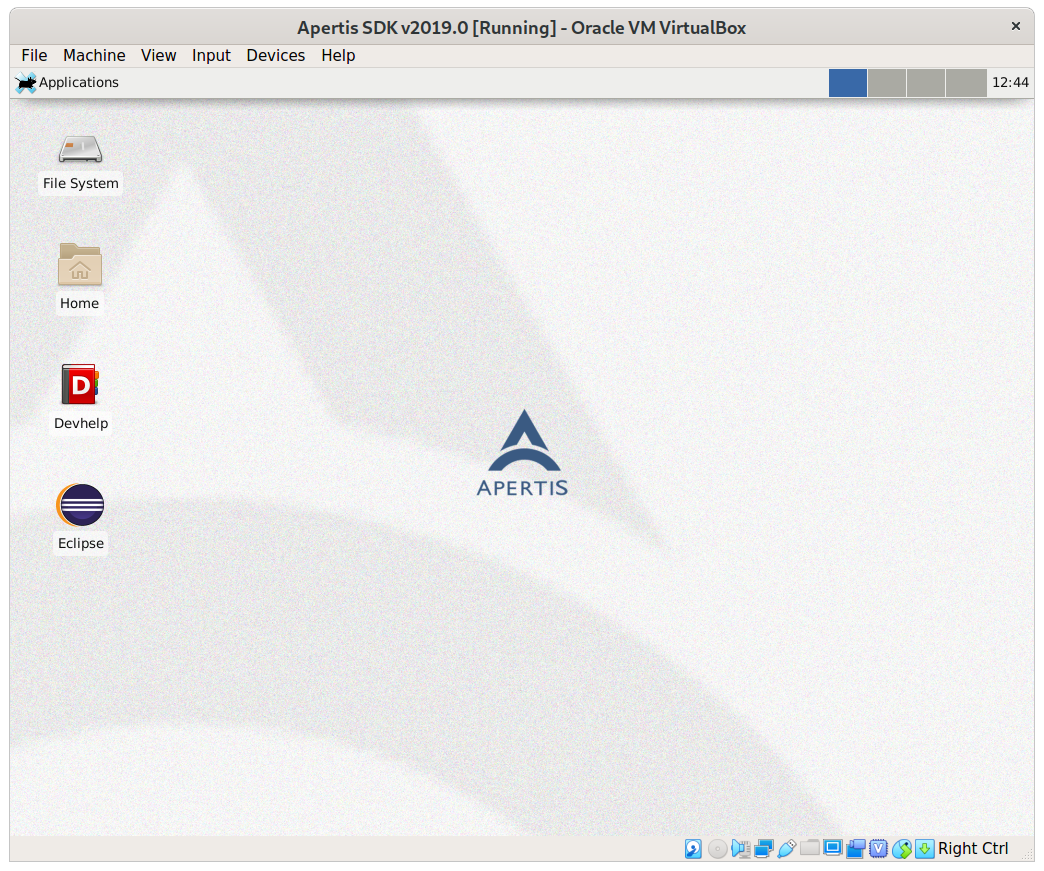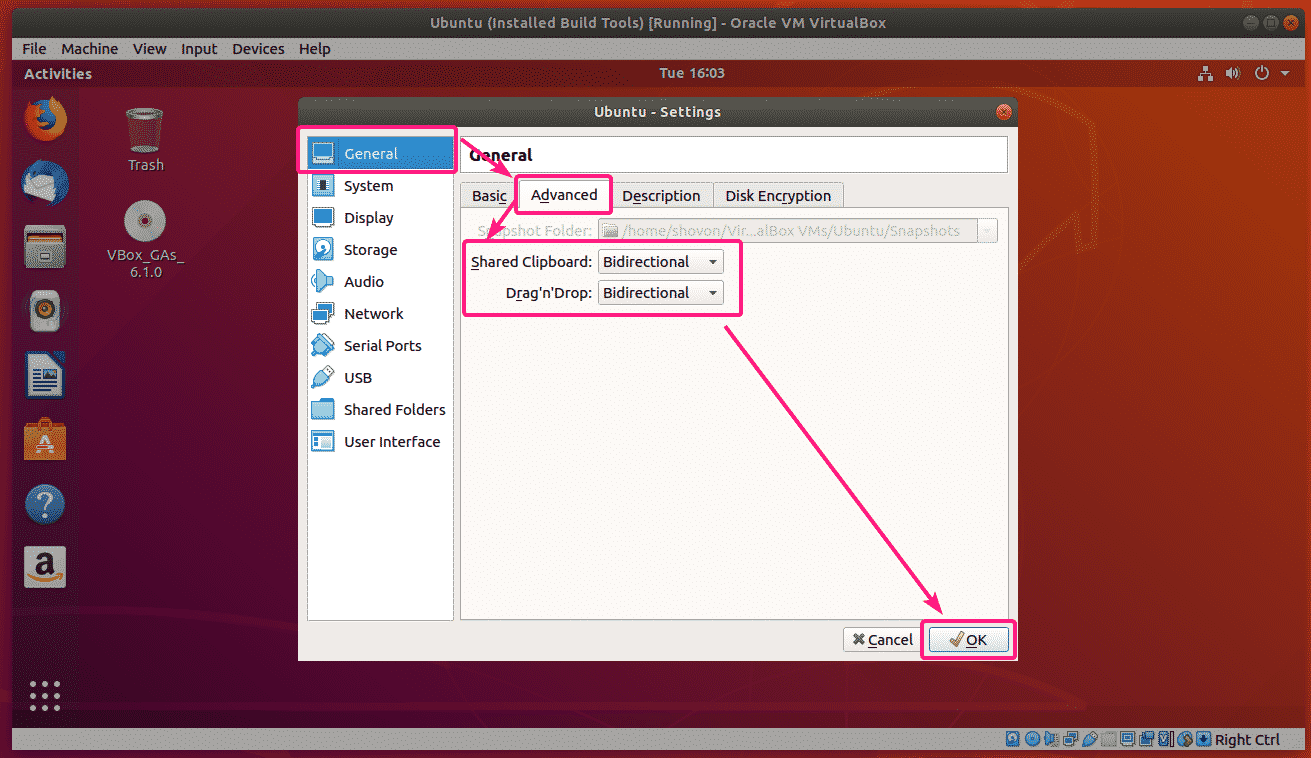

To install the Guest additions, you need to mount the ISO image in your VM. VirtualBox guest additions are stored in an ISO image VBoxGuestAdditions.iso format inside the VirtualBox installation directory. Here, we will see how to install VirtualBox guest additions on

Time synchronization – Guest’s system will use the host time for time synchronization.Generic host/guest communication channels – Enable you to control and monitor guest execution.Seamless windows – Windows that are displayed within a virtual machine appear side by side next to the windows of your host. In order to make X use the vboxvideo driver, I had to change a display setting through the VirtualBox GUI on the host: I changed the 'Graphics Controller' (Left click on the VM list > Settings > Display > Graphics Controller) from 'VMSVGA' to 'VBoxSVGA' (I ignore 'Invalid settings detected' warning that VirtualBox gives about this change).

Better video support – _VM machine’s screen resolution will automatically change to the size of the VirtualBox window.Shared folders – Exchange files between the host and the VM.Installing guest additions will provide you with seamless mouse support to overcome the capturing of mouse and keyboard. You need to press the Ctrl key to release the capture. Mouse pointer integration – By default, VM will capture your mouse and keyboard when you are working inside a VM.After the Ubuntu server installation, you may power on the virtual machine. They need to be installed inside a VM to improve the performance of the guest operating system and to add extra features. Install VirtualBox guest additions using CLI. I think it was successful, since when I run lsmod | grep vboxguest, I get the output: vboxguest 45056 0, which I gather means that the Virtualbox kernel module is installed and that the guest additions have been installed correctly.VirtualBox guest additions is a collection of device drivers and software application package which is shipped with Oracle VirtualBox. I know that this way this should work is by installing guest additions, and I've done this. When I go to full screen mode, the "Ubuntu screen" is still windowed and very small. I've set up the virtual machine all fine, but would like to view it in full screen mode, but I can't do this. I'm running an Ubuntu 20.04 virtual machine on Virtualbox. I know this is a fairly commonly asked question, but I've followed the other solutions and none of them seem to solve my problem.


 0 kommentar(er)
0 kommentar(er)
